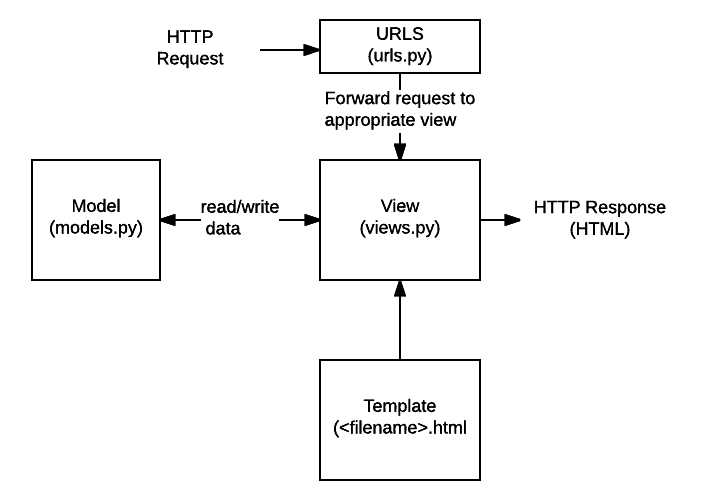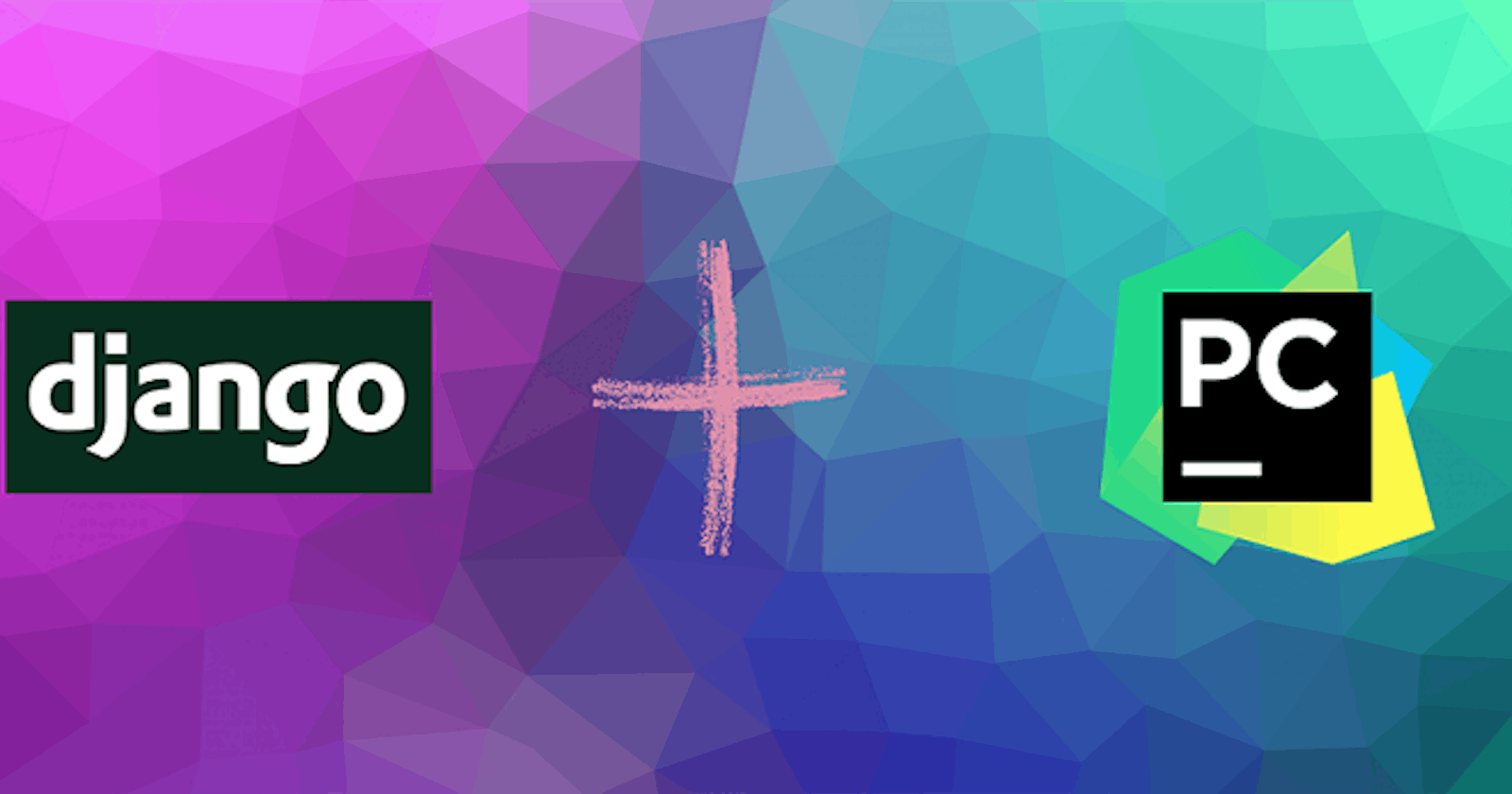DJANGO-
Django is a high-level Python-based free and open-source web framework for backend web applications, which follows the model-view-template (MVT) architectural pattern. It is maintained by the Django Software Foundation (DSF). Django's primary goal is to ease the creation of complex, database-driven websites. Some well-known sites that use Django include the Public Broadcasting Service, Instagram, Mozilla, The Washington Times, Disqus, Bitbucket, and Nextdoor.
Django can be used to build almost any website — from content management systems and wikis to social networks and news sites. It can work with any client-side framework and deliver content in almost any format (including HTML, RSS feeds, JSON, and XML).
Django helps you to write software that is:
Complete
Versatile
Secure
Scalable
Maintainable
Portable
Installation of Django-
You’ve got three options to install Django:
• Install an official release. This is the best approach for most users.
• Install a version of Django provided by your operating system distribution.
• Install the latest development version.
Django code looks like--
Django is written in Python, which runs on many platforms. That means that you are not tied to any particular server platform, and can run your applications on many flavours of Linux, Windows, and macOS.
Django web applications typically group the code that handles each of these steps into separate files:

URLs: A URL mapper is used to redirect HTTP requests to the appropriate view based on the request URL.
View: A view is a request handler function, which receives HTTP requests and returns HTTP responses. Views access the data needed to satisfy requests via models and delegate the formatting of the response to templates.
Model: Models are Python objects that define the structure of an application's data and provide mechanisms to manage (add, modify, delete) and query records in the database.
Templates: A template is a text file defining the structure or layout of a file (such as an HTML page), with placeholders used to represent actual content.
PYCHARM-
PyCharm is a dedicated Python Integrated Development Environment (IDE) providing a wide range of essential tools for Python developers, tightly integrated to create a convenient environment for productive Python, web, and data science development.
The most notable features of PyCharm include:
Support for JavaScript, CSS, and TypeScript
Smart code navigation
Quick and safe code refactoring
Support features like accessing databases directly from the IDE
PyCharm can be used for code analysis, debugging, and testing, among other things. It is particularly useful for web creation using web application frameworks like Django and Flask. Python plugins can be built by programmers using various APIs. It also allows programmers to access a range of databases without integrating with other tools.
While designed specifically for programming with Python, it can also be used to create HTML, CSS, and Javascript files. It also comes with a great user interface that can be modified based on applications using plugins.
Installation of Pycharm-
Download the required package or executable from the official website of PyCharm https://www.jetbrains.com/pycharm/download/#section=windows
Download the community package (executable file) onto your system and mention a destination folder.
Now, begin the installation procedure similar to any other software package.
Once the installation is successful, PyCharm asks you to import the settings of the existing package if any. Proceed with it.
Now pycharm is successfully installed in your local system.
How Django and Pycharm related-
PyCharm supports the latest Django versions. The corresponding Python versions depend on Django.
The Django project is intended for productive web development with Django. PyCharm takes care of creating specific directory structures and files required for a Django application and providing the correct settings.
For Django development, the most commonly used IDEs are PyCharm, Visual Studio Code, and Eclipse. These IDEs have great support for Python and Django, with features like code completion, debugging, and version control integration.
You cannot use python code in the Django template. This is by design, Django's idea of a template is to isolate the presentation logic from the programming code.

From the above scenario, we can say that Django is a backend web framework that is used to build web application content in any format whereas Pycharm is an integrated development environment (IDE) that supports the latest versions of Django.
PyCharm takes care of creating specific directory structures and files required for a Django application.
